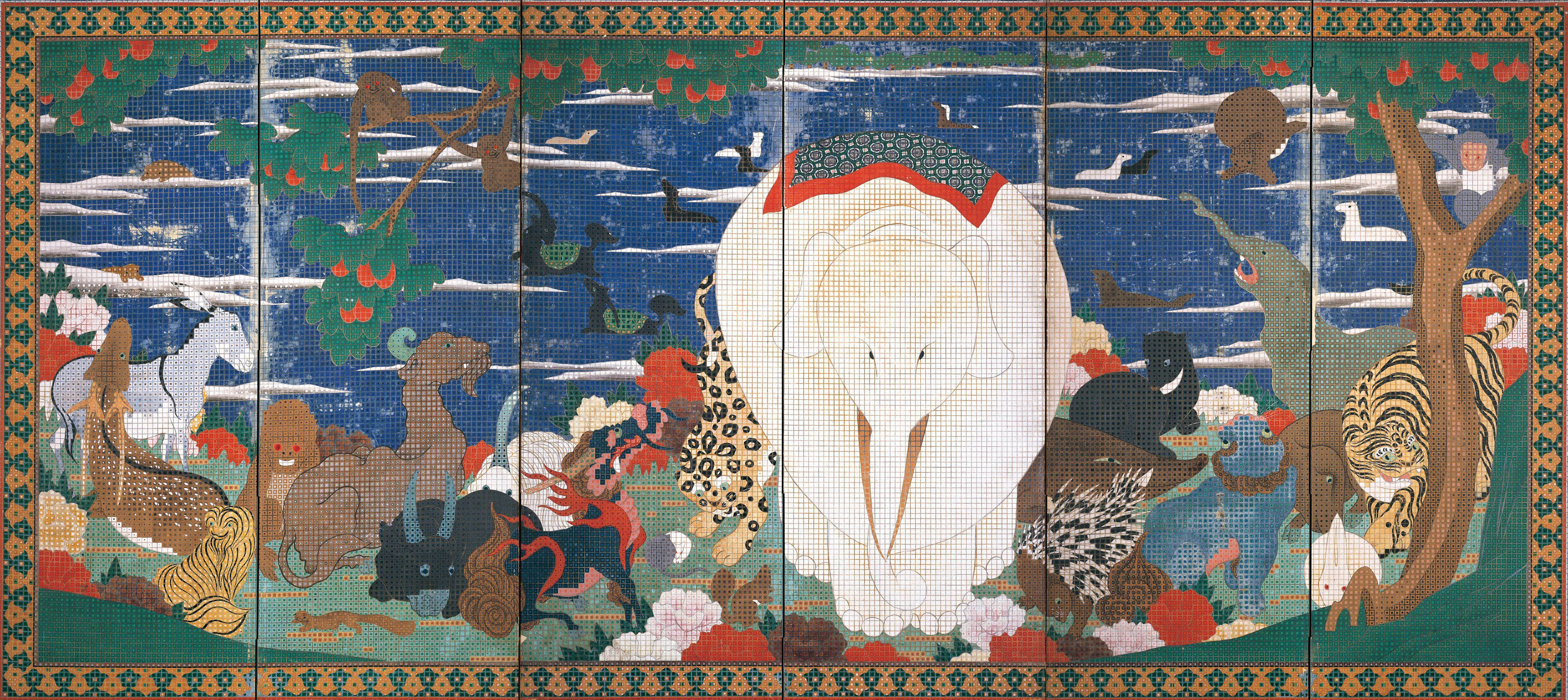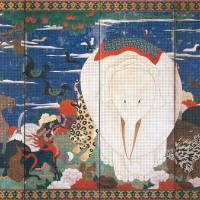March 1-May 15
Kazari, or the Japanese traditional art of decoration and ornamentation, is at the heart of Japanese aesthetics — a concept that comprises the composition, presentation but also spiritual importance of an object or space.
Under the supervision of the Miho Museum director Nobuo Tsuji — an art historian and professor emeritus of Tokyo University — "Decoration and Faith" covers sumptuous Buddhist ornaments and artworks, many of which use rich colors and gold highlights.
Ito Jakuchu's "Birds, Animals, and Flowering Plants in Imaginary Scene" is a prime example of kazari in the portrayal of animals. Using a technique called masumegaki, he divided the screen into more than 80 thousand squares and painted each one individually to create a mosaic-like effect.
Miho Museum; 300 Tashiro Momodani, Shigaraki-cho, Koka, Shiga. Ishiyama Stn. 10 a.m.-5 p.m. ¥1,100. Closed Mon. 0748-82-3411; www.miho.jp




